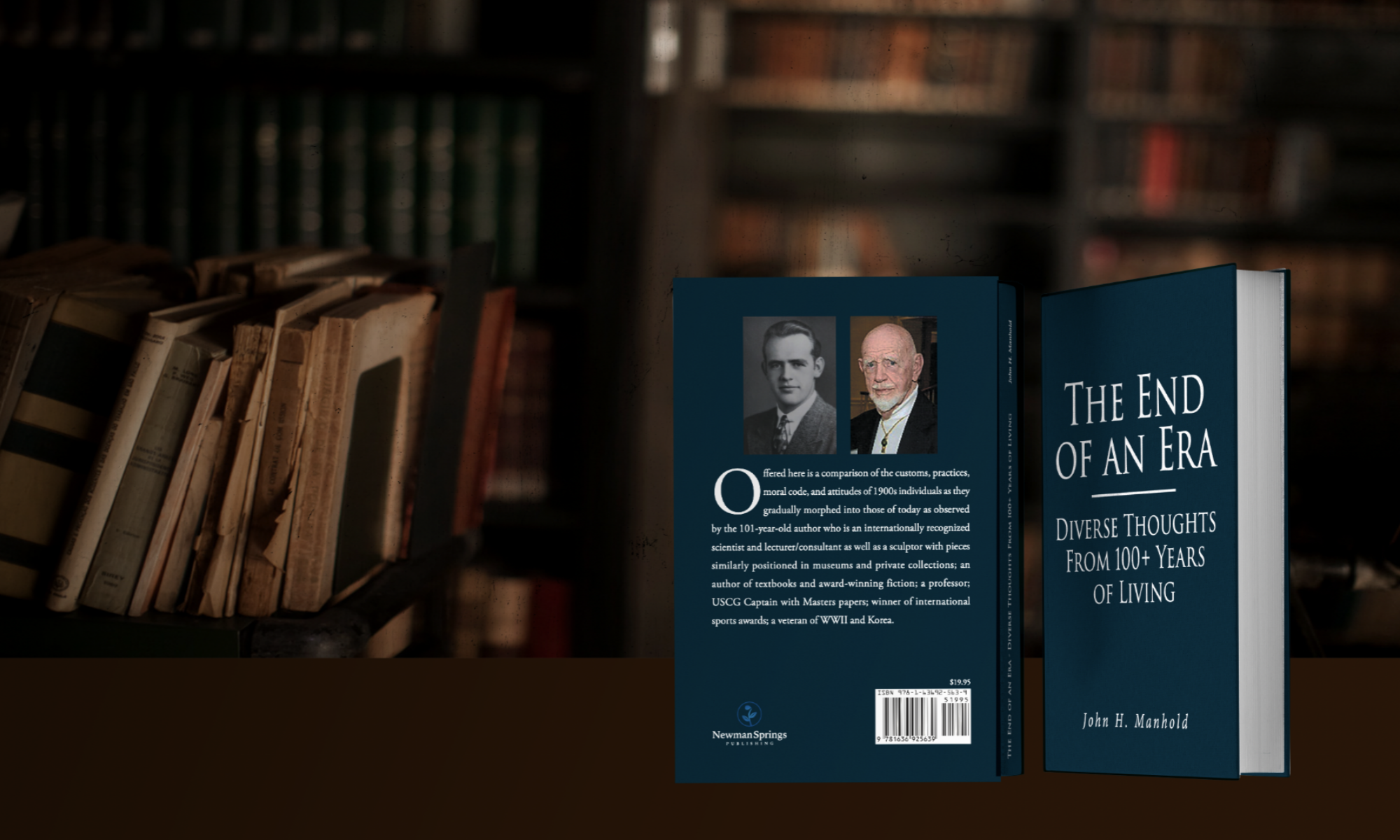The Will to Die ISBN: 9780985957681 Z Squared Media, copyright and written by Joe Pulizzi.
Will Pollitt, the protagonist, along with his partner Robby are attempting to sell a new marketing proposal to a prominent Cincinnati, OH company that markets an extremely popular type of ice cream product. They really need it to be accepted because their own organization’s bank account is a little shaky and Will’s personal one non-existent. In fact his numerous credit cards are maxed out and he just had received a final note from his daughter Jess’s university that he either pay her next tuition installment or she would no longer be a student. He was five hundred thousand in debt and struggling with a gambling addiction that finally had led him to Gamblers Anonymous. His wife, whom he still loved dearly, had left him when, after telling her he would never do it again, she had found out he again was involved. Added to this, Denise, his older sister informs him that his father, owner of one of the two funeral homes in Sandusky has passed away. He returns to his home and discovers that the business was in a rather bad financial state and his dad’s attorney and closest friend who always had been almost a family member and known as ‘Uncle Dan’ says that he, William, has been left the business with a suggestion by his father he try it for a year. Among attendant ensuing complications are an offer for more than twice the worth of the business from the other funeral home in the city, the son and co-owner of which had been his closest friend growing up; the fact that he desperately needed the money; his ex-wife worked as the embalmer in his father’s business; incongruity in ‘vibes’ he was receiving from Dan as well as others; Janet, his father’s office manager who also had a close relationship to the family and her position; Jack, long-time ‘man Friday’ for the business and Will’s friend; discovery of a set of daily journals his father had left secretly for him; a gradually evolving understanding of the existence of a widely distributed plot to eliminate anyone who deviated from the beliefs set forth by a ‘white supremacists-like group. This later complicated even further by the fact that Robby, Will’s partner and friend, was of mixed parentage and his sister Denise was a lesbian. The ensuing action masterfully is blended into a tale of suspense, mystery and excellent investigative work presented in a highly convoluted manner to culminate in an exciting and until then, quite well-hidden agenda.
Conclusion: This story is a little slow developing but provides a most engaging tale of combined mystery and suspense generated by greed and white supremacy well-hidden through deceit, treachery, betrayal and modern technology in an agenda entirely possible with today’s technology. One that is revealed only by astute observations combined with revelations conjured up from the mental acuity of an individual who instinctively was of a highly empathetic nature with an excellent memory and recall ability. These abilities combined with a high level of investigative activity ultimately reveal this well-hidden clandestine activity. And, as a pertinent and amusing aside, this first book of fiction was written by a well-known/respected author of non-fiction “because I wanted the love of my life and best friend, Pam, to read one of my books (my other five published books are business marketing books, which she doesn’t care for)”.
5* Captivating, highly recommended ‘different’ mystery/suspense.
